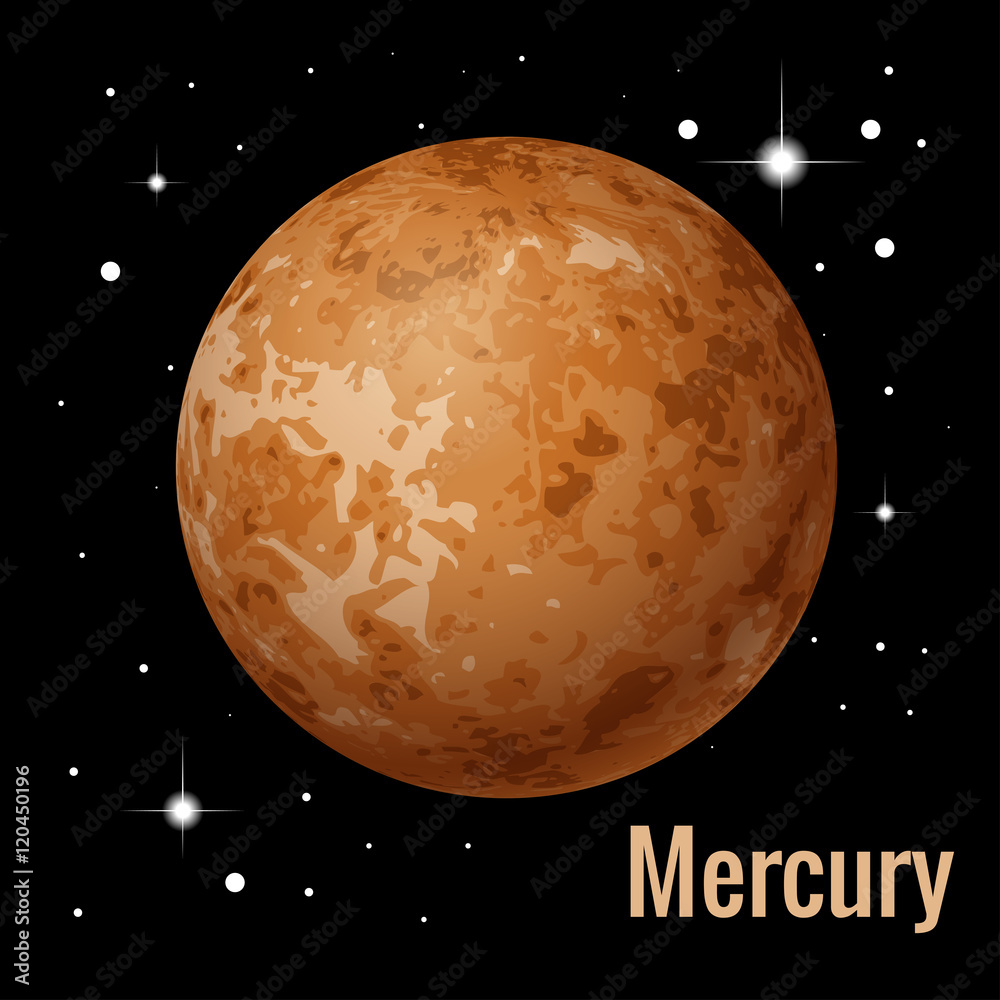Planet Apes Film - Imagining Distant Worlds
There's something truly captivating about stories that take us far beyond our familiar blue planet, isn't there? We often wonder, what if life exists somewhere else, perhaps on a world quite different from our own? These thoughts really get us thinking about places like those we see in a "planet apes film," where other intelligent beings might just call a different celestial body home. It's a powerful idea, that there could be whole societies thriving light-years away, on worlds we've only ever dreamed of visiting.
Our human curiosity, you know, has always pushed us to look up at the night sky. We've spent ages pondering what lies out there, past the stars we can see. This deep desire to explore the unknown, to picture what other places might be like, is that very thing which helps create the groundwork for all sorts of grand tales, including those that show us life on other planets, like in a "planet apes film." It's a way for us to explore possibilities, to stretch our minds a bit.
So, while the idea of intelligent life on a far-off "planet apes film" world is pretty exciting, what do we actually know about the real celestial bodies circling our own star? It's almost as if the factual details about our solar system's residents can make those imagined worlds feel even more real, or perhaps just give us a better sense of how truly vast and varied the universe really is. Let's take a look at some of the amazing facts about the actual planets we share our cosmic neighborhood with.
Table of Contents
- What Makes a Planet - And How Do We Define Them?
- Our Solar System's Residents - A Quick Tour
- How Far Apart Are These Worlds, Really?
- Could a "Planet Apes Film" World Be Like Venus?
- Saturn's Rings - A Cosmic Wonder
- Understanding Planet Status - What Changed for Pluto?
- Seeing Our Neighbors - Beyond the "Planet Apes Film" Screen
- The Rules of a World - What a Planet Needs to Be
What Makes a Planet - And How Do We Define Them?
When we consider the vastness of space and think about places that could be home to other forms of existence, perhaps even a "planet apes film" type of setting, it helps to first grasp what exactly makes a celestial body a planet. Basically, a planet is a big, rounded astronomical object that needs to be going around a star, or what's left of a star, or a brown dwarf. It's important that the planet itself isn't one of these star-like objects. This general description helps us sort out the many things we see floating around in the cosmos. In a broader sense, you know, any rather large natural object that circles the sun or some other star, and isn't putting out energy from its own internal nuclear reactions, can be thought of as a planet. It's a way of looking at these large, orbiting bodies that don't shine with their own light, but instead reflect the light of their parent star. This fundamental understanding is really key to mapping out any solar system, whether it's our own or one we just imagine for a story.
For instance, there's a particular small planet that measures about 4,879 kilometers across, which is roughly 3,032 miles. This gives us a sense of scale for some of the smaller, yet still significant, worlds out there. It's a size that, in a way, might make you think about how different things could be, compared to our own much larger home. So, it's not just about being round and orbiting something; size, too, plays a part in the overall picture of what makes a planet. The sheer variety in the size of these celestial bodies is quite something, suggesting a wide array of possible environments. Apparently, even within the confines of a single star system, there's a surprising amount of diversity in the kinds of worlds that exist, each with its own unique set of characteristics.
Our Solar System's Residents - A Quick Tour
Our own solar system, the one we live in, has eight main planets. These are Mercury, Venus, Earth, Mars, Jupiter, Saturn, Uranus, and Neptune. This is the common arrangement of these worlds as you move outward from our central star. It's the typical order that we learn about, you know, when we first start looking at our cosmic neighborhood. We also have five officially recognized dwarf planets in our solar system, which are smaller celestial bodies that don't quite fit the full definition of a planet but are still very much part of our celestial family. These smaller, yet still very interesting, worlds add another layer to the overall picture of our home system. They give us a fuller sense of the different kinds of things that can orbit a star.
The closest planet to our sun is Mercury, then comes Venus, followed by Earth, Mars, Jupiter, Saturn, Uranus, and finally Neptune

The image shows the solar system’s planets in order from closest to

New Mercury Planets Solar System

Solar system with planets' names | Solar system planets, Solar system